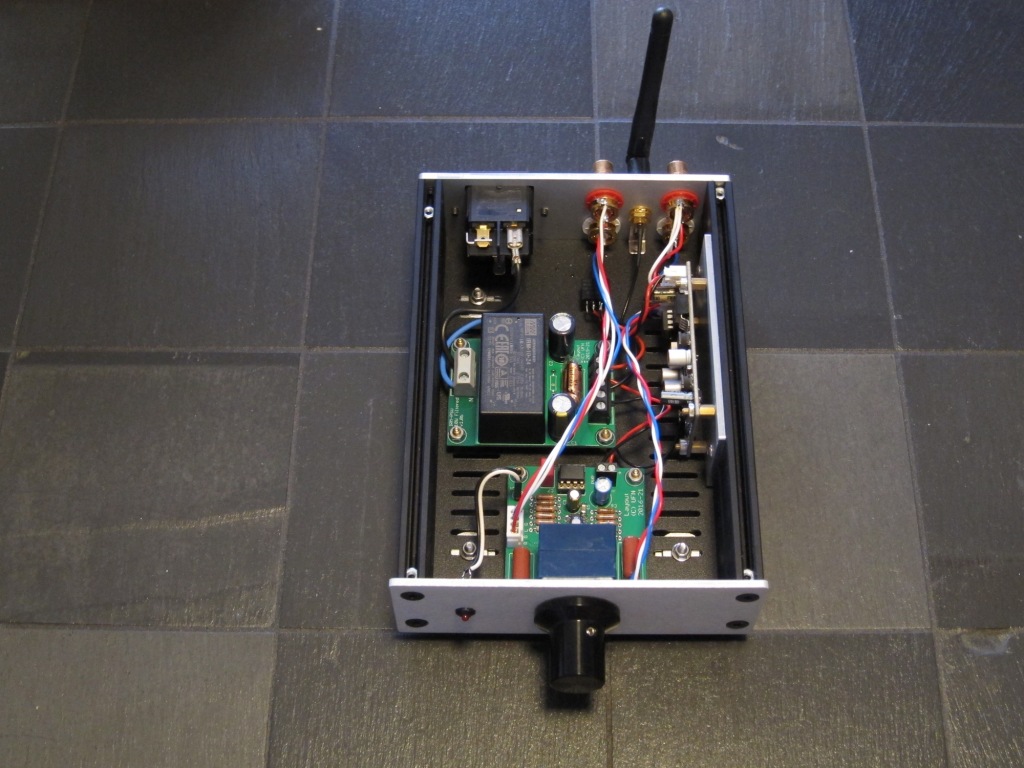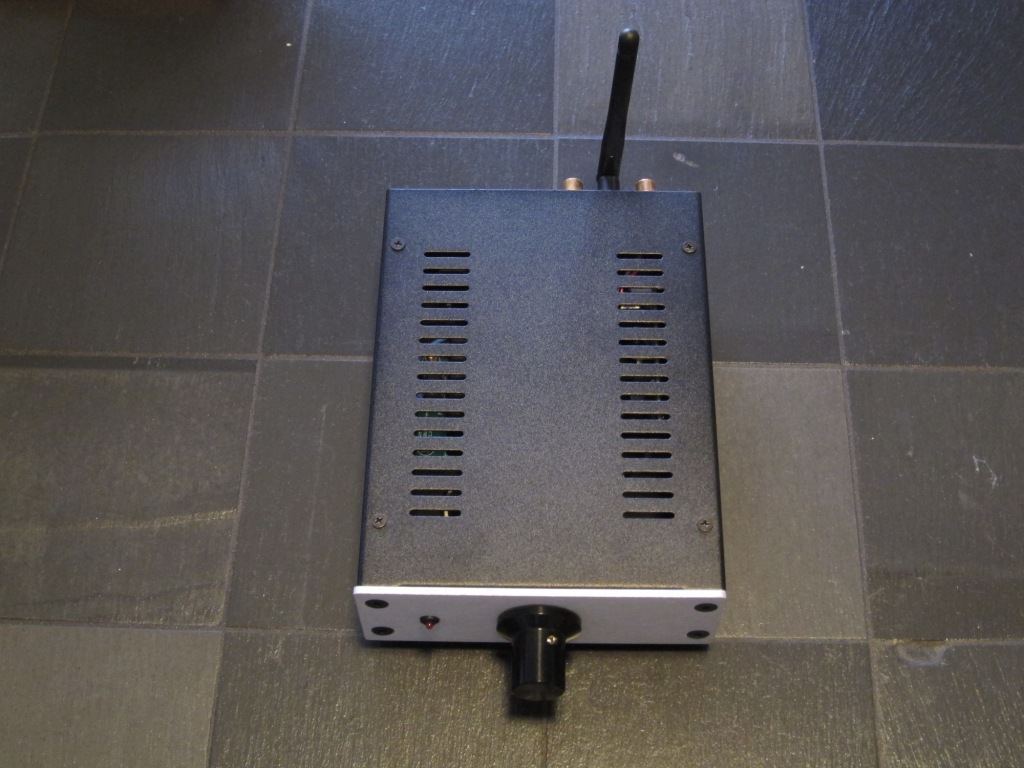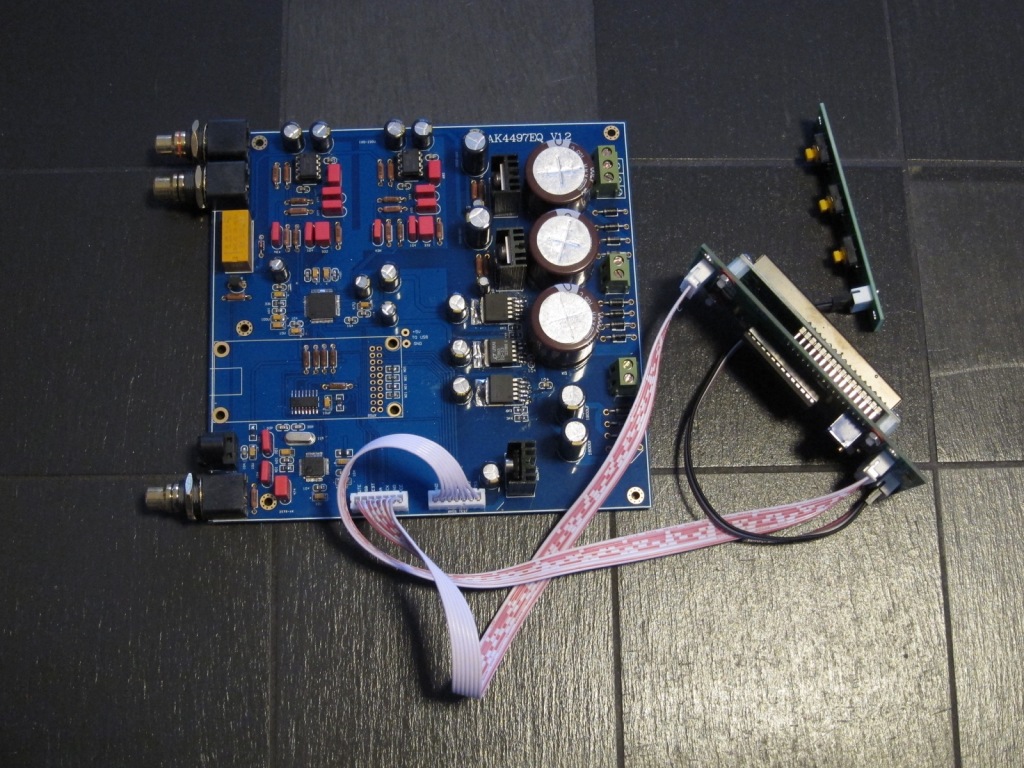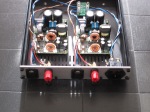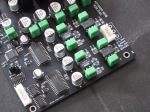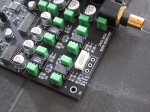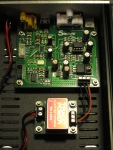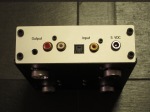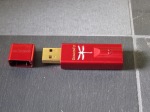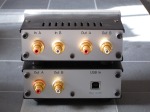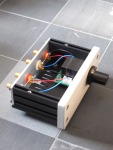For pretty much as long as I can remember, there has been a DAC “arms race” going on where manufacturers competed to give the biggest numbers – 16, 18, 20, 24, 32 bit resolution and 48, 96, 192, 384, 768 kHz sampling rates. Irrespective of whether you had the source material to make use of these massive numbers – or even whether the laws of physics made them obviously pointless in the real world, the “bigger number is better” philosophy was still adhered to.
For a few years though, some people have been going “back to basics” with DAC chips such as the TDA154x and others, as wells as discrete “R2R” dac designs such as the Soekris boards and the Schiit Multibit converters. These designs often don’t offer the full resolution of high-res material, but if you don’t care about that – or if you are still listening primarily to 16/44.1 material – then they offer something else, namely a different (many would say “better”) sound. I’ve previously written that I find the ESS ES90xx dacs to often be very impressive at first, but after a while I get a bit of listening fatigue. It could be me or my imagination, but it’s happened enough times that I start to see a pattern (at least when system matching doesn’t mask it) and so I have been trying to stay clear of ESS-dacs and see what else is on the market.
Now, as usual for this I don’t really need another DAC, but I am still curious 🙂 Not quite curious enough to splash out on a Soekris board to play with to be honest, but still curious enough to clicking the “buy it now” button on ebay for this board. It’s based on the AD1865 IC in dual-mono configuration and once again what pushed me over the edge was that I could get a half-finished board with SMD components soldered, so I had some influence over the design of the board.
Assembly was quite easy because I only had to pick and mount the through-hole parts, but even that was enough to make me remember how much I hate black PCBs. Not only because the seller showed that the board was green in the picture, but also because this is a matte black finish that I haven’t seen before and which makes it 99% impossible to see any traces on the board. Fortunately everything worked the first time, but if it hadn’t I am not sure I would have bothered with that much troubleshooting before giving up. Manufacturers: I know green PCBs are considered “boring”, but they WORK! or if you desperately want something else then blue or red still allows you to see the traces, so please stick to those colours. (OK, rant over 🙂 )
The board has one coax input. I opted for a BNC here because that was the socket I had on hand and that might end up being a mistake, but it works now (with an adapter). There’s also an I2S input meaning it’s possible to connect a second source such as a USB card or similar. As usual, I’ve only done basic listening testing with “baseline” I/V opamps (the OPA2134 and the LME49710) but it’s definitely not making a bad first impression 😀
Not quite sure what to do with this one yet, but possibly a “Music box” version 2? Anyway, more listening impressions to be added later I guess.


